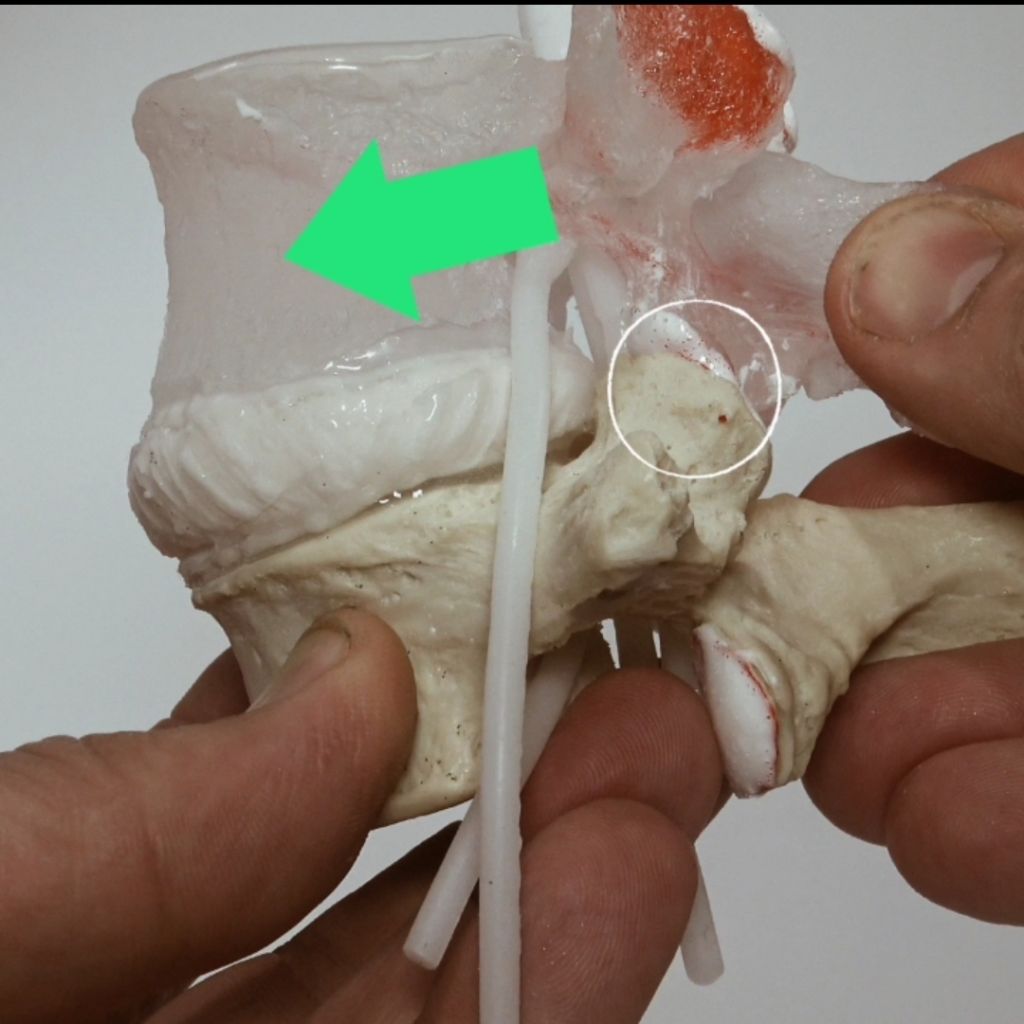
Spondylolisthesis is the slippage of one vertebra on another—frequently found with disc herniation. However, in this recent paper titled: “Over-reporting of the disc herniation in lumbar spine MRI scans performed for patients with spondylolisthesis” [1.Over-reporting of the disc herniation in lumbar spine MRI scans performed for patients with spondylolisthesis] they sought to find if disc herniation is over-reported and in turn, possibly over-treated.
Spondylolisthesis is best diagnosed when the spine is under load. Many MRI scans, because done in the lie-down position, miss these small (or large) slippages. To accurately assess one for a spondylolisthesis, the spine is best visualized by x-ray in the forward bending and backward bending position. Upright MRI is also another great way to assess; however, the access to these expensive machines may not be available.
The authors of the above paper discuss how it is imperative to find an accurate diagnosis for both the conservative and surgical management of back pain.
Disc herniation is often found with spondylolisthesis. However, what they found was disc herniation reporting was often over-reported and believed that the disc herniation was more of a pseudo disc herniation rather than an actual disc herniation.
What do the authors mean by pseudo-herniation?
The authors point to a nomenclature issue. In Fardon’s 2014 paper [2. Lumbar disc nomenclature: version 2.0] he helps clarify the language professionals use when discussing disc herniation, extrusion, protrusion and bulge. However, the authors of this paper explain that Fardon’s article does not address this nomenclature in light of spondylolisthesis.
They point out in this retrospective study of 258 patients that disc herniation was over-reported because the disc herniation was read with the superior vertebra in mind rather than referencing the lower vertebra. In other words, if the radiological reporting used the lower vertebra as a reference point, the reporting of a disc herniation would be much less because the outer disc border remained anterior to the posterior vertebral ring apophysis. Therefore, it is essential to deferentially diagnose whether symptoms are related to a real disc herniation or due to the mechanics of a spondylolisthesis. A spondylolisthesis can throw off the reporting in this case.
Dynamic Disc Designs creates 3d models to help reveal the dynamics of disc herniation, including the up-roofing of the disc material. This mechanism is shown in our Professional LxH Model, with the added features of spondylolisthesis.
Share Now